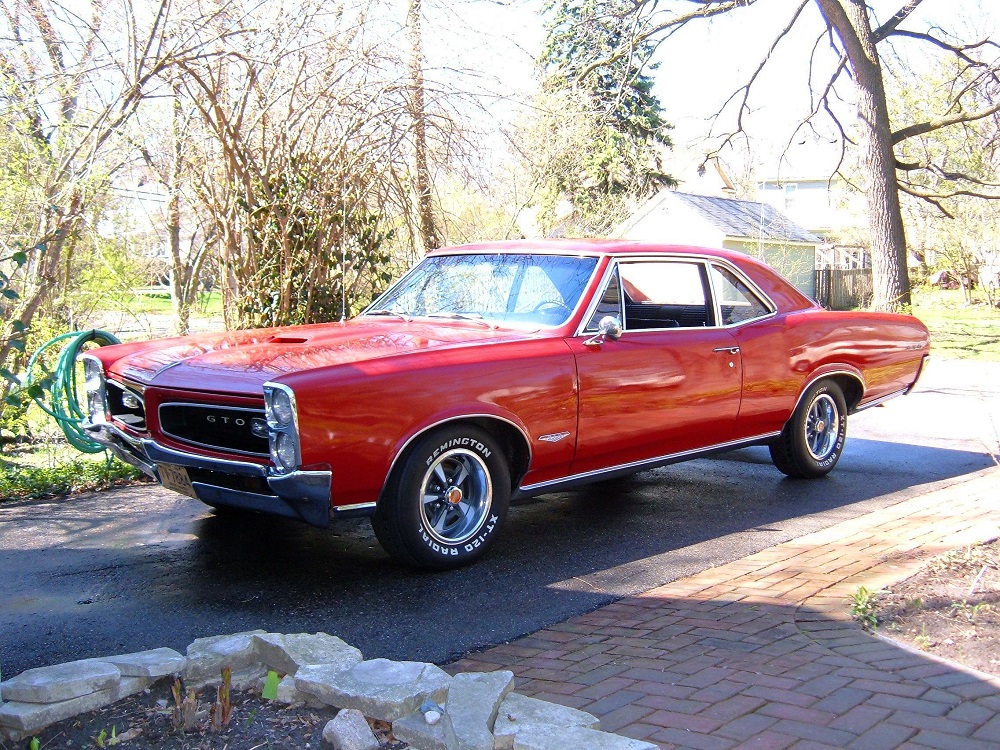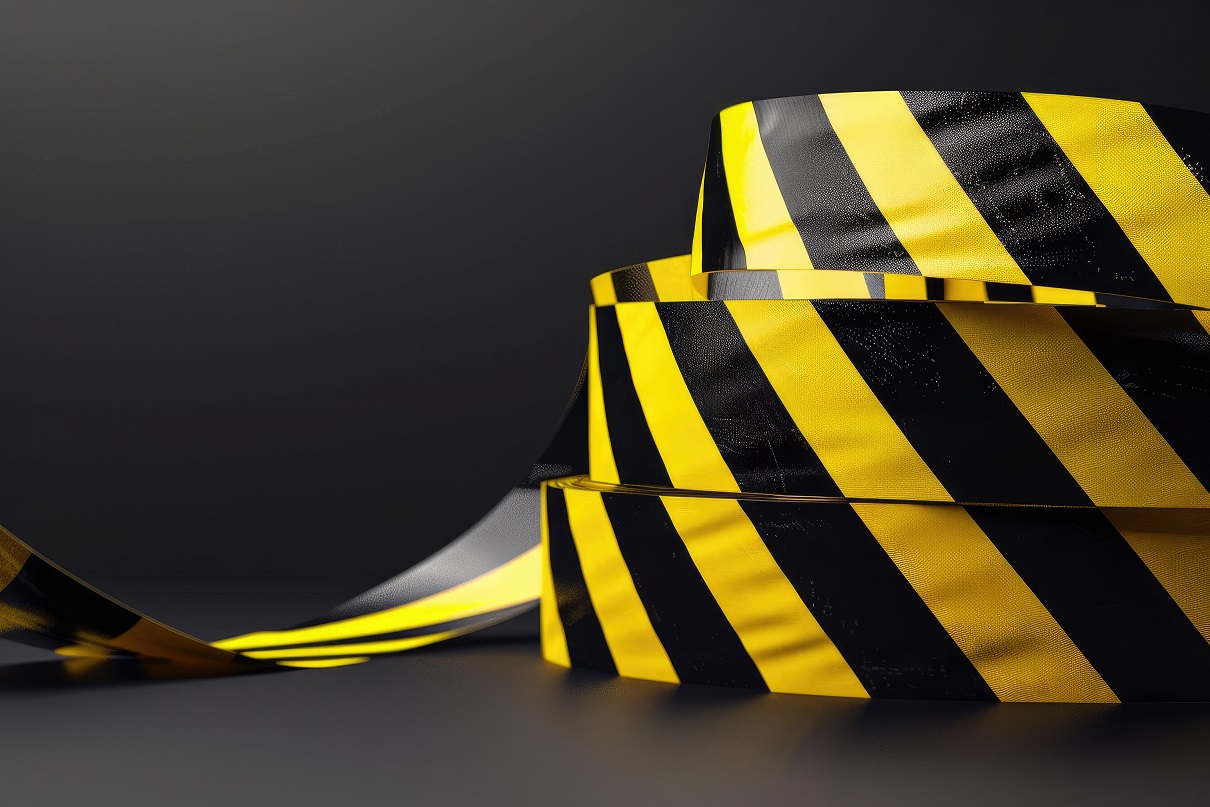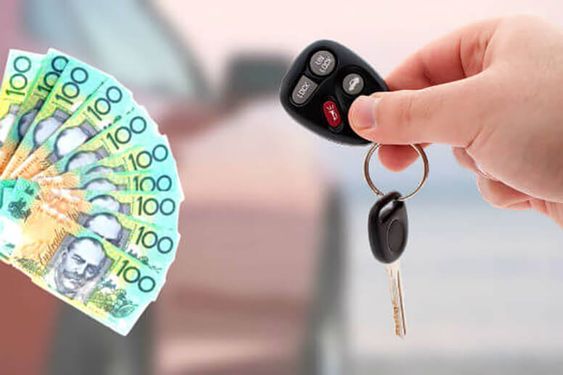Classic cars have an enduring charm that goes beyond their mechanical value. These vehicles represent history, craftsmanship, and the spirit of innovation from a bygone era, making them symbols of cultural identity and nostalgia. For many, classic cars are more than just automobiles; they are works of art and pieces of history preserved on four wheels. As these cars age, their journey often extends beyond the road, finding new life in collections, museums, or even as sources of parts for restoration enthusiasts. This post explores the cultural importance of classic cars and examines what happens to them after their functional lifespan has ended.
Why Classic Cars Hold a Special Place in Society
Classic cars resonate with people worldwide due to their historical significance and the stories they carry. Each vehicle embodies the era it was built in, reflecting the technology, style, and societal values of its time. For example, the sleek designs of 1950s American cars speak to a period of post-war optimism and prosperity, while compact European models from the 1960s mirror the growing interest in efficiency and urban mobility. These cars capture memories and become symbolic of different time periods, resonating with people across generations.
Owning or appreciating a classic car often carries a sense of pride and connection to the past. These cars are more than transportation; they are celebrated for their aesthetics and craftsmanship. This connection is why classic car rallies, exhibitions, and clubs attract enthusiasts who cherish the opportunity to experience, restore, and showcase these vehicles. For many, classic cars serve as a bridge to the past, preserving and celebrating automotive and cultural history.
The Journey of a Classic Car: From Road to Collector’s Item
The journey of a classic car often takes it far beyond its years on the road. When a car reaches classic status, it can become a collector’s item, sought after by enthusiasts and collectors around the world. This transformation is usually marked by factors such as age, rarity, historical significance, and unique design features. Once a car is recognized as a classic, its value often increases, not only financially but also in terms of cultural relevance.
Collectors and museums often acquire classic cars to preserve them for future generations. Restoring these vehicles involves meticulous care to maintain their originality, which is part of their appeal. Many classic car owners invest significant time and resources into restoration, ensuring that these vehicles remain in prime condition. In the hands of collectors, classic cars are kept as relics of automotive history, allowing people to witness and appreciate the innovation and design of the past.
The Role of Classic Cars in Pop Culture and Media
Classic cars have a profound influence on pop culture, often serving as symbols of rebellion, luxury, or nostalgia in films, television shows, and advertisements. Certain models, like the 1967 Ford Mustang or the 1981 DeLorean DMC-12, have gained iconic status due to their roles in popular media. These vehicles do not only serve as modes of transport but become characters themselves, embodying certain emotions and ideals that resonate with audiences.
This cultural significance is not limited to the screen; classic cars also appear in music, literature, and art. Songs often mention classic cars as symbols of freedom or as markers of a specific time in life. Classic cars also appear in artwork, often representing themes of adventure or nostalgia. Their continued presence in pop culture reinforces their importance, helping to maintain the legacy of these vehicles and inspiring new generations to appreciate them.
The Role of Car Wreckers in Preserving Classic Cars’ Legacy
Car wreckers play a crucial role in the afterlife of classic cars, especially when they reach the end of their operational life. These vehicles, which once held cultural significance, are often dismantled by wreckers who carefully salvage parts that can be restored or reused. The ability to recycle valuable components, such as engines, transmissions, and body panels, ensures that these classic cars continue to live on in some form, whether through restoration projects or by providing parts for other enthusiasts.
By preserving key elements of these iconic vehicles, car wreckers contribute to maintaining the cultural legacy of classic cars. For example, in Darwin, businesses offering Cash for junk cars Darwin not only help dispose of unwanted vehicles but also contribute to preserving valuable components that can be repurposed for other classic car projects.
Restoring and Repurposing Classic Cars: Breathing New Life into Old Vehicles
Classic cars that are no longer in roadworthy condition often find a second life through restoration or repurposing. Restoration is a painstaking process that involves bringing the vehicle back to its original state, often using original parts or specially manufactured replacements. This work requires knowledge, dedication, and attention to detail, as each car has unique mechanical and aesthetic requirements.
For vehicles that cannot be fully restored, repurposing provides another path. Some classic cars are turned into showpieces or used for educational purposes in automotive schools, where they help future mechanics learn about vintage car technology. Others may be converted into art pieces, displayed in public spaces or private collections as a tribute to their original form. By repurposing these vehicles, classic car owners ensure that they continue to be appreciated, even if they can no longer run on the road.
The Market for Classic Car Parts: Preserving the Legacy
The market for classic car parts plays a critical role in sustaining the legacy of these vehicles. As classic cars age, finding original or compatible parts becomes increasingly challenging. Enthusiasts and mechanics often rely on specialized suppliers or dismantled vehicles to source the parts needed for restoration. This process not only supports the preservation of individual cars but also sustains a niche market that values authenticity and historical accuracy.
In some cases, parts from classic cars are salvaged and used in other vehicles, allowing them to remain functional in some capacity. This recycling of parts is an eco-friendly practice that contributes to automotive sustainability. By keeping these parts in circulation, classic car owners and restorers can maintain the integrity of these vehicles while contributing to a circular economy.
Also visit for scrap car removal: https://pscarremoval.com.au/cash-for-cars/
Classic Car Clubs and Communities: Fostering a Shared Passion
Classic car clubs and communities are essential in keeping the passion for these vehicles alive. These groups bring together enthusiasts, collectors, and restorers who share an appreciation for the beauty and history of classic cars. Club members often organize events, including car shows, rallies, and tours, where they can showcase their vehicles, exchange tips, and celebrate their shared interest.
These communities also play a role in educating the public about the significance of classic cars. By hosting events and providing resources, they allow people of all ages to learn about the heritage of these vehicles. Through these connections, classic car clubs ensure that the knowledge, skills, and appreciation for classic cars are passed on to future generations.
The Environmental Impact and Future of Classic Cars
While classic cars hold a special place in society, they also present unique environmental challenges. Older vehicles tend to have higher emissions and are less fuel-efficient compared to modern cars. However, many classic car enthusiasts address this by driving their vehicles infrequently, ensuring they are maintained in optimal condition, and participating in green initiatives that offset carbon emissions.
In recent years, some classic car owners have begun converting their vehicles to electric power, blending the timeless design of classic cars with modern, eco-friendly technology. These conversions allow enthusiasts to enjoy their cars without contributing to pollution, highlighting a future where classic cars and environmental responsibility can coexist. This innovative approach demonstrates the adaptability of classic cars and their potential to align with contemporary values.
Conclusion
Classic cars embody more than just historical value; they represent a cultural legacy that connects us to the past and reminds us of the evolution of design, technology, and societal values. These vehicles have the power to transport us to different eras, inspire creativity, and evoke a sense of nostalgia. Through restoration, repurposing, and active communities, classic cars continue to live on, even after their time on the road has ended.
As society embraces sustainability and innovation, classic car enthusiasts are finding new ways to preserve the legacy of these vehicles responsibly. Whether through traditional restoration or modern electric conversions, the journey of a classic car does not end when it is retired from the road. Instead, it takes on new forms, enriching our cultural landscape and allowing us to celebrate the timeless appeal of these iconic machines. The story of classic cars and their afterlife is one of passion, preservation, and an enduring respect for history.
Delve deeper into related topics here.




